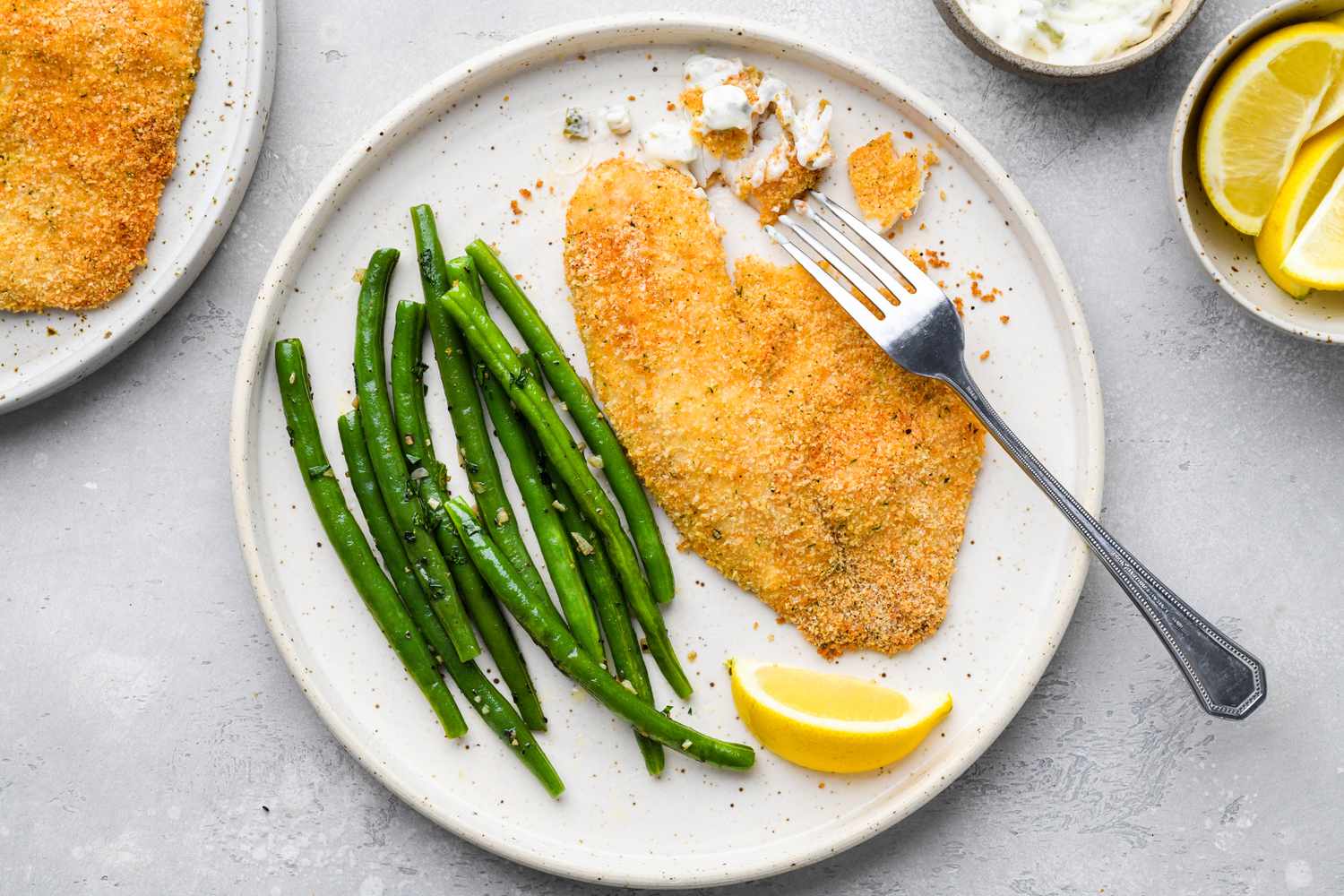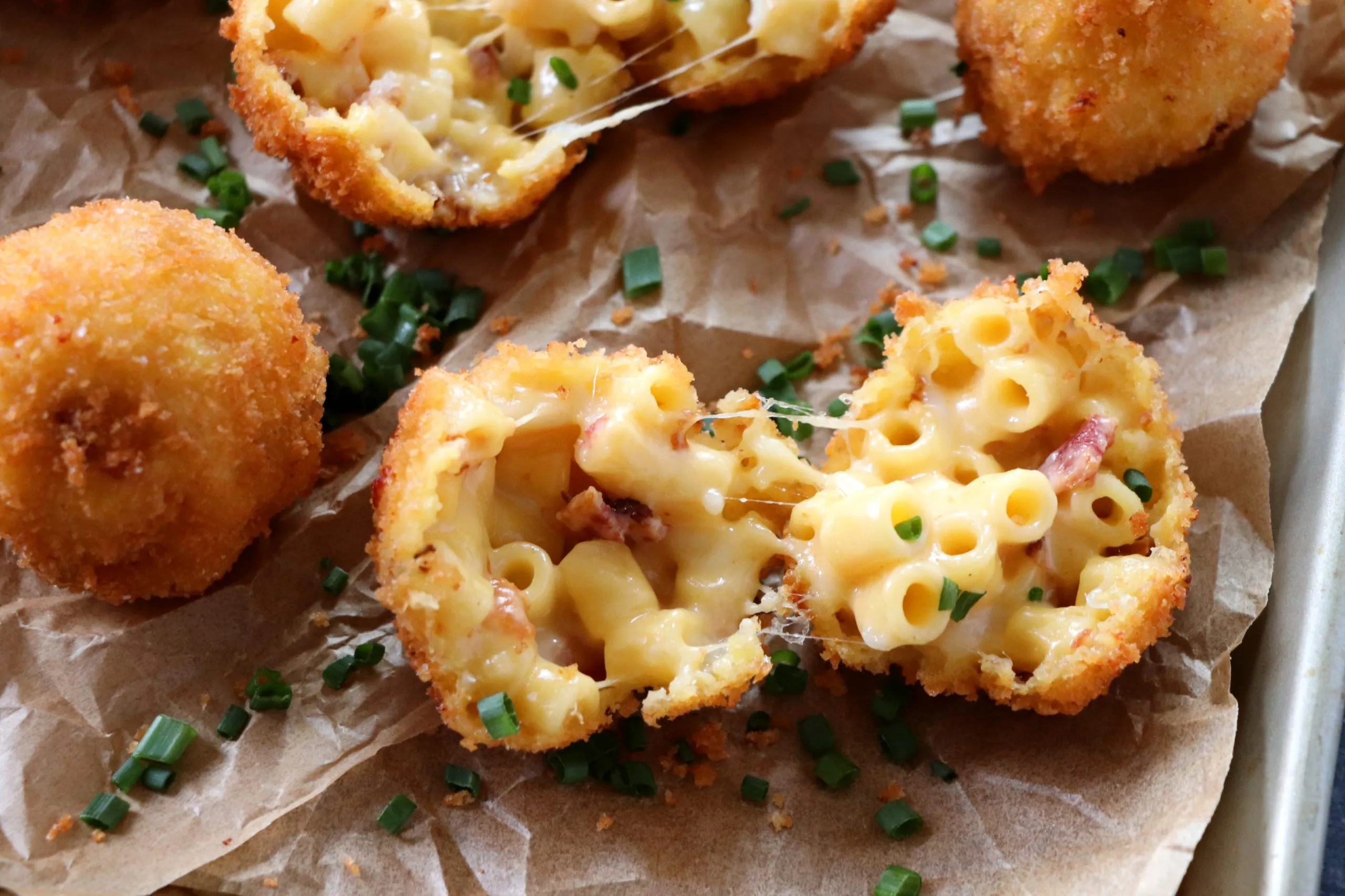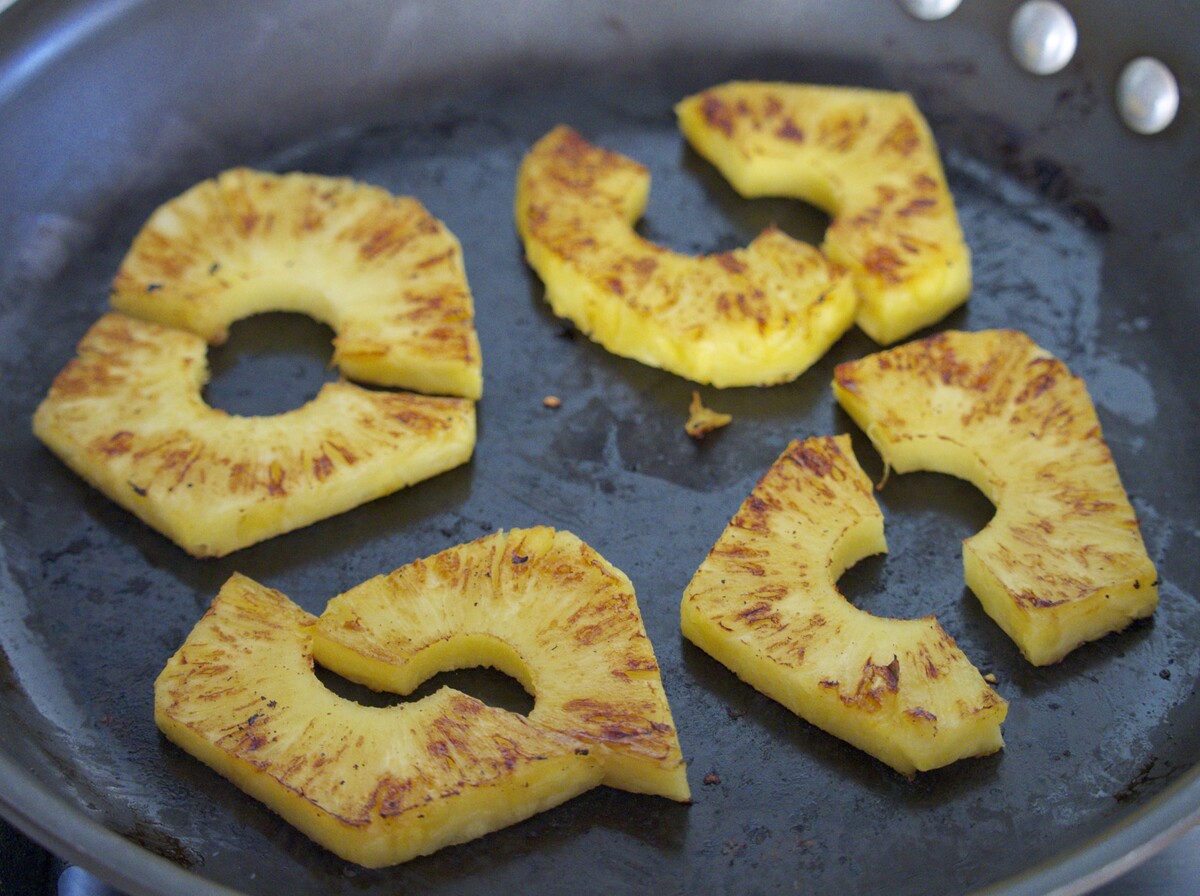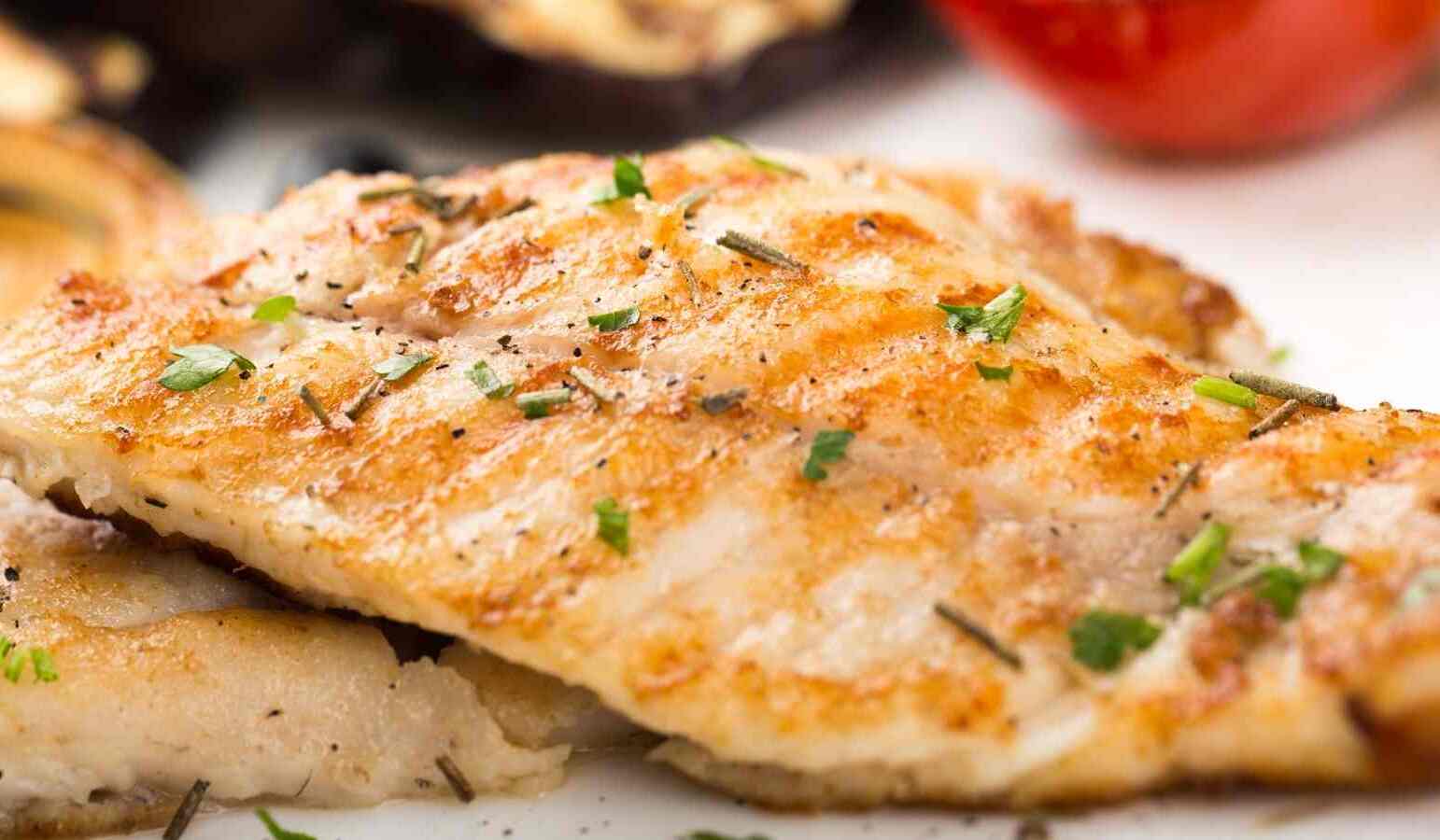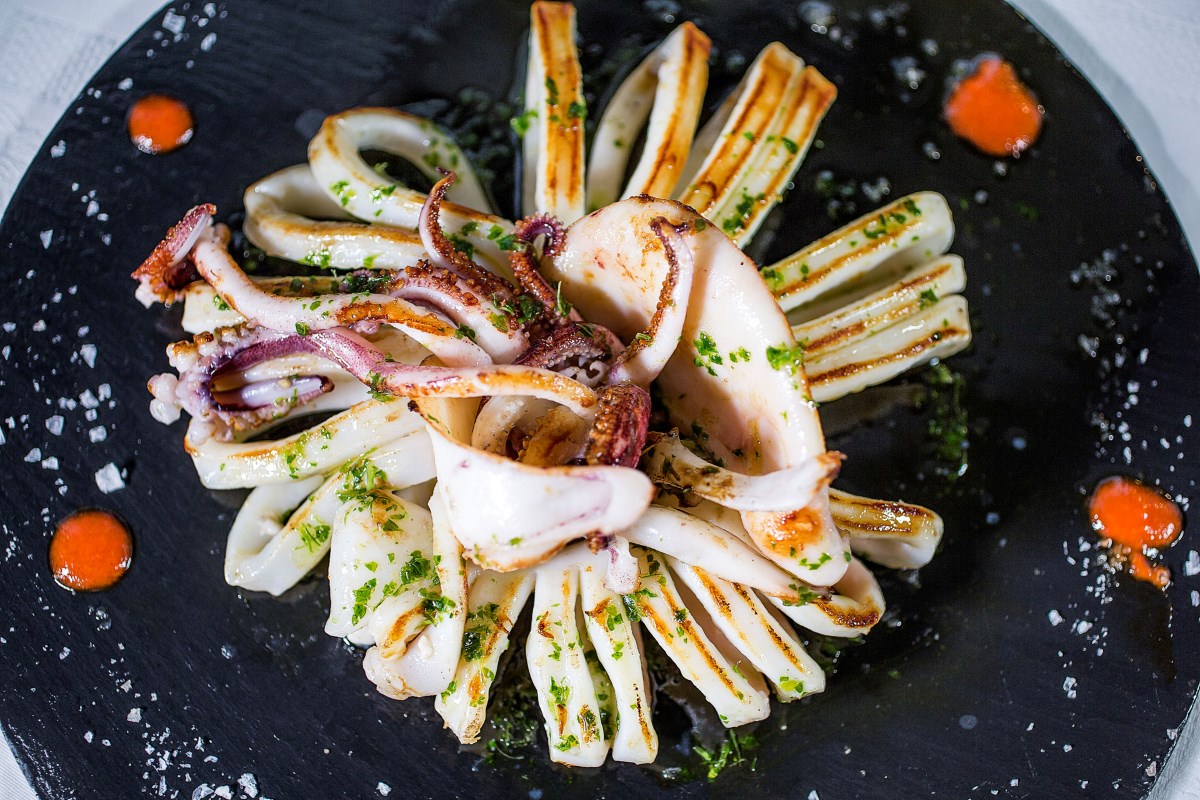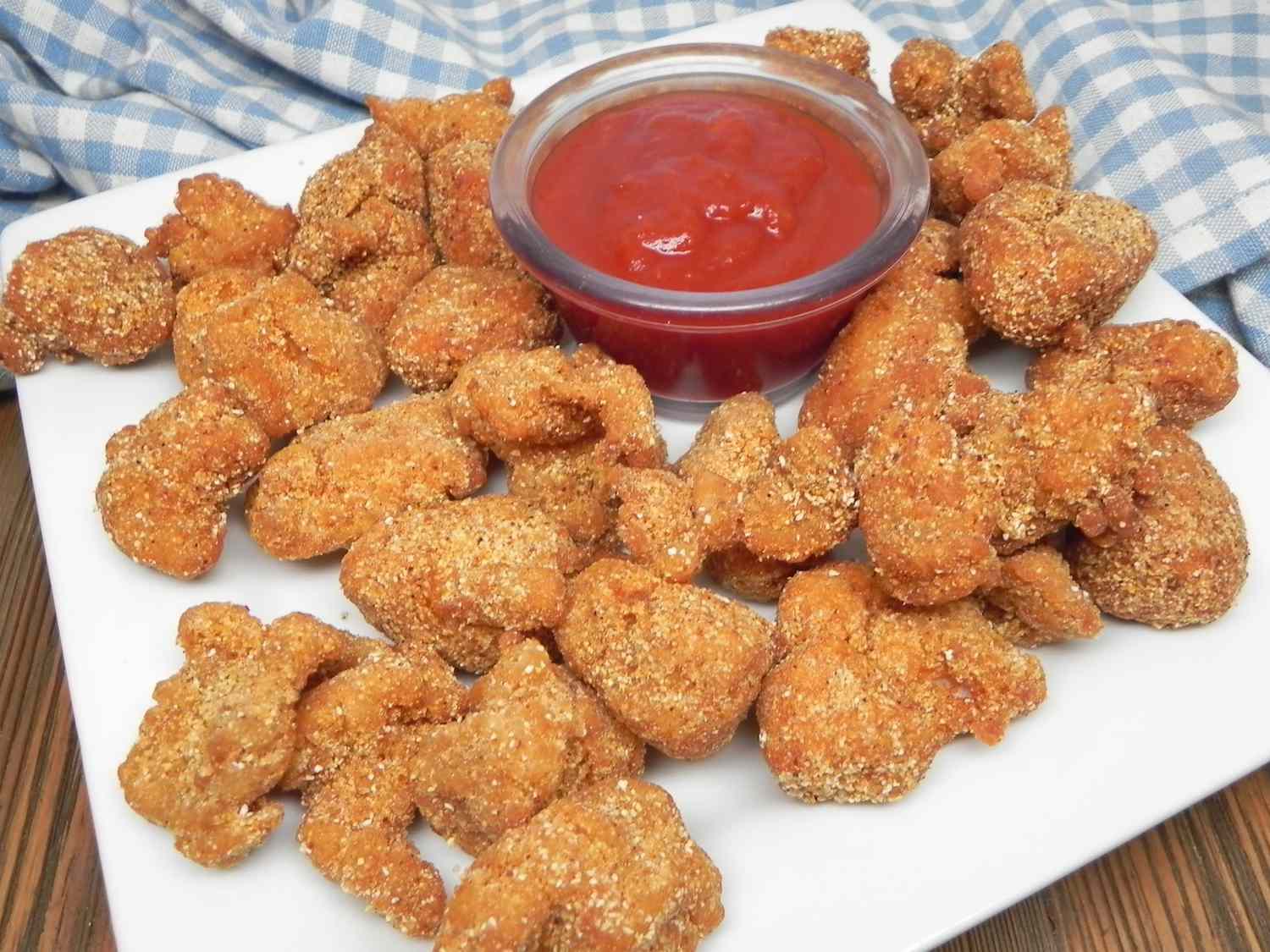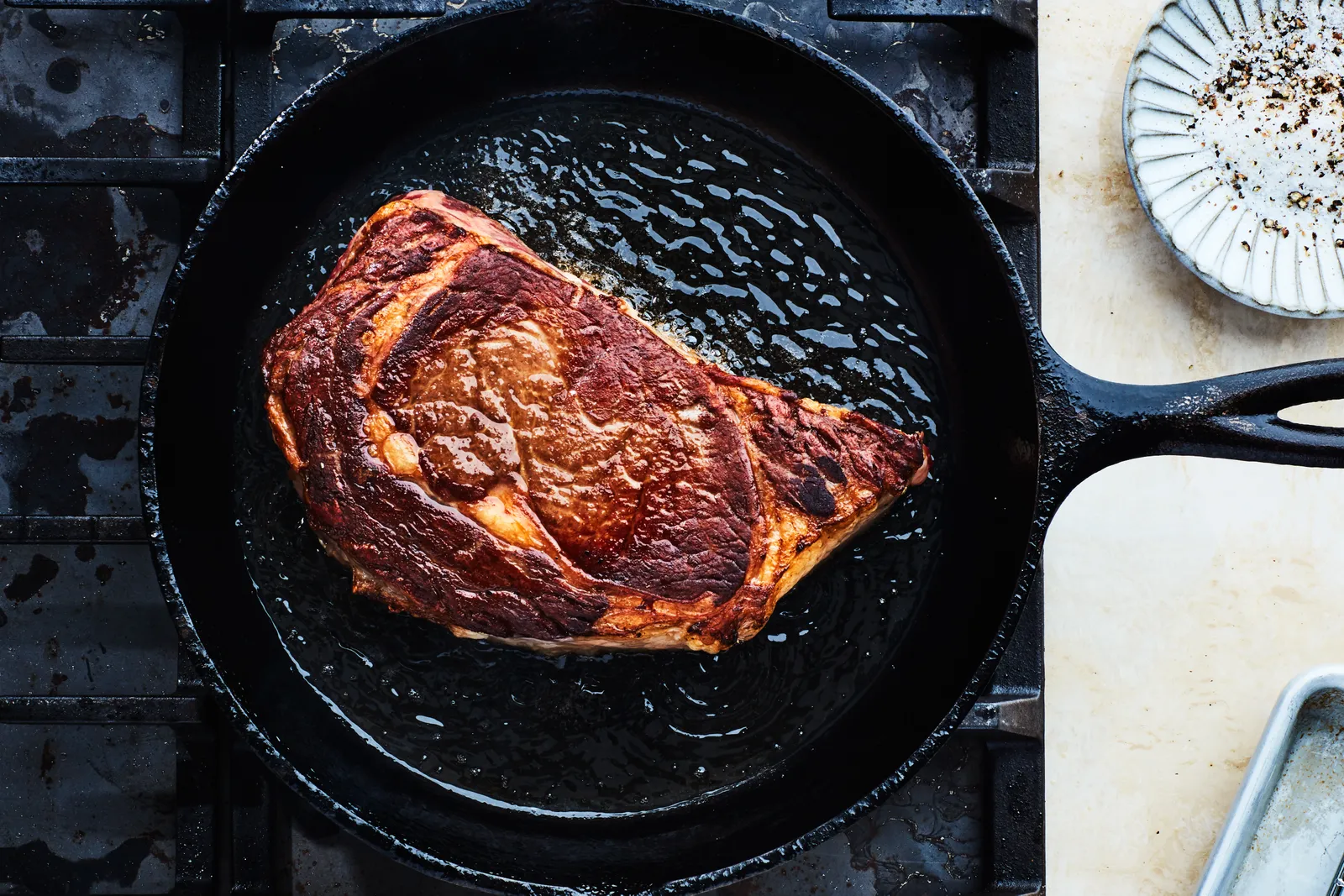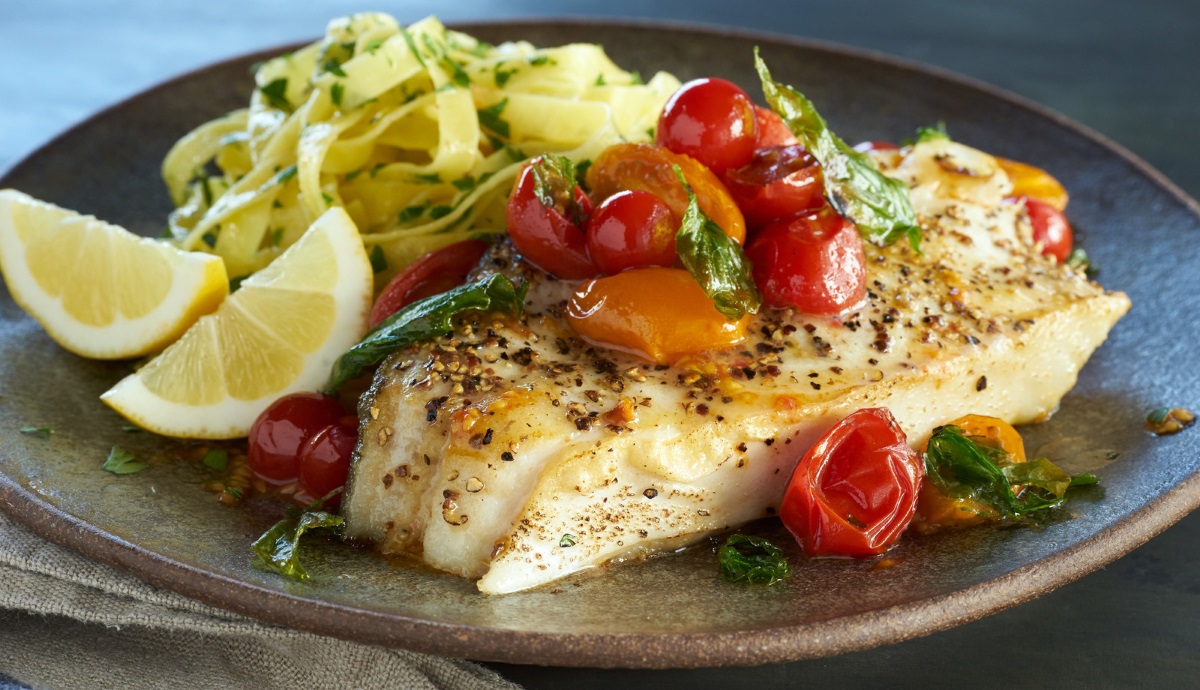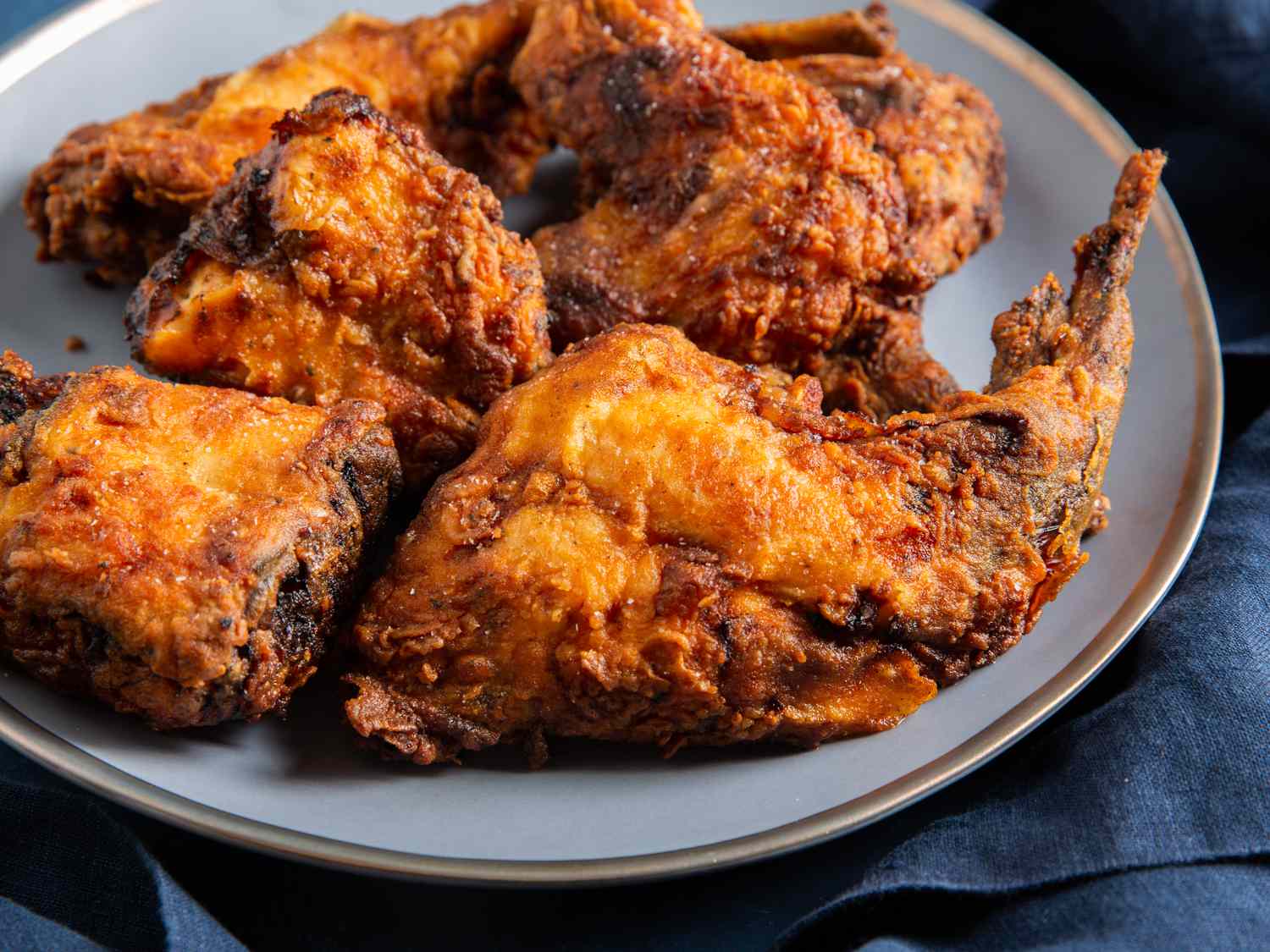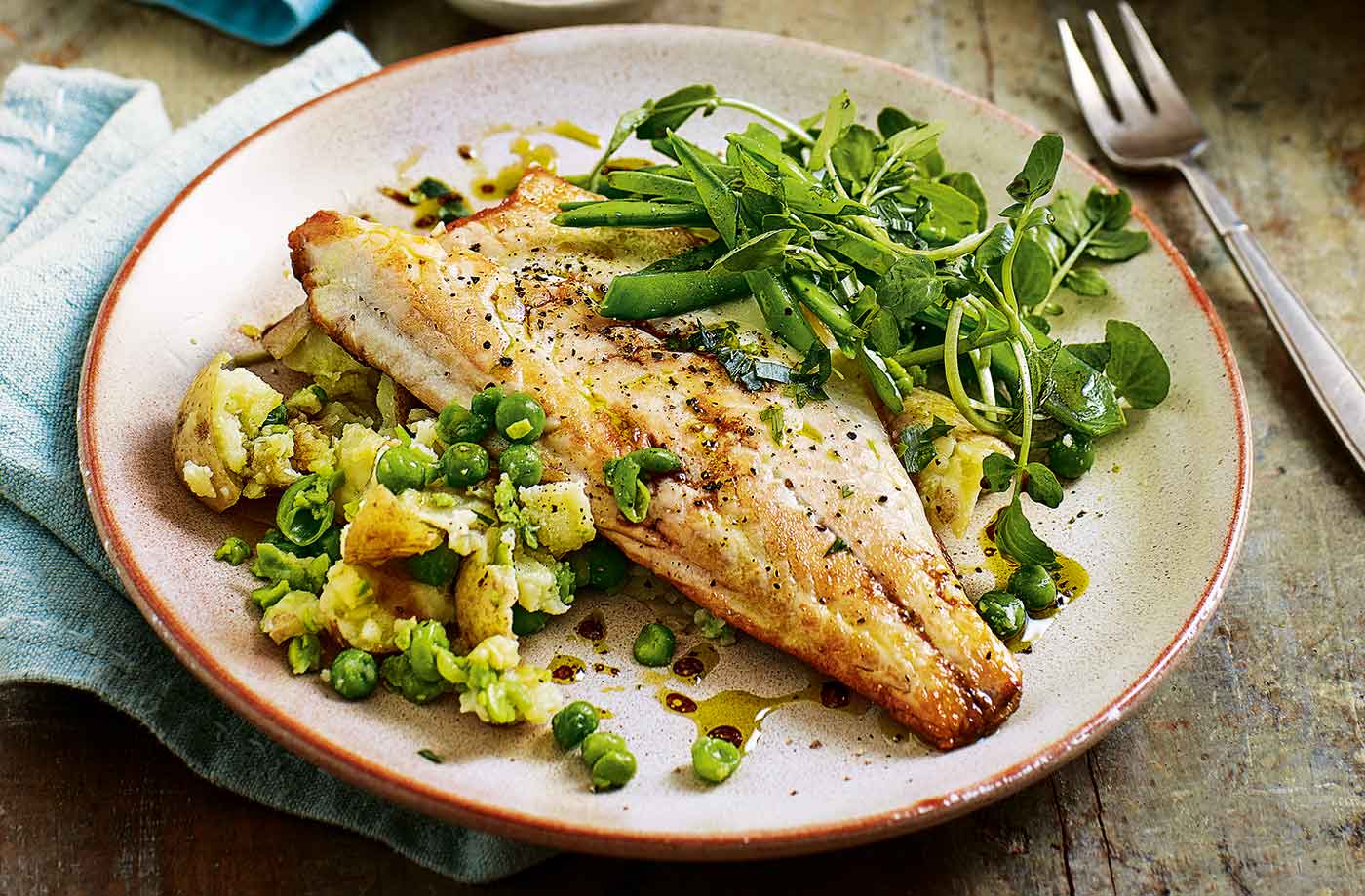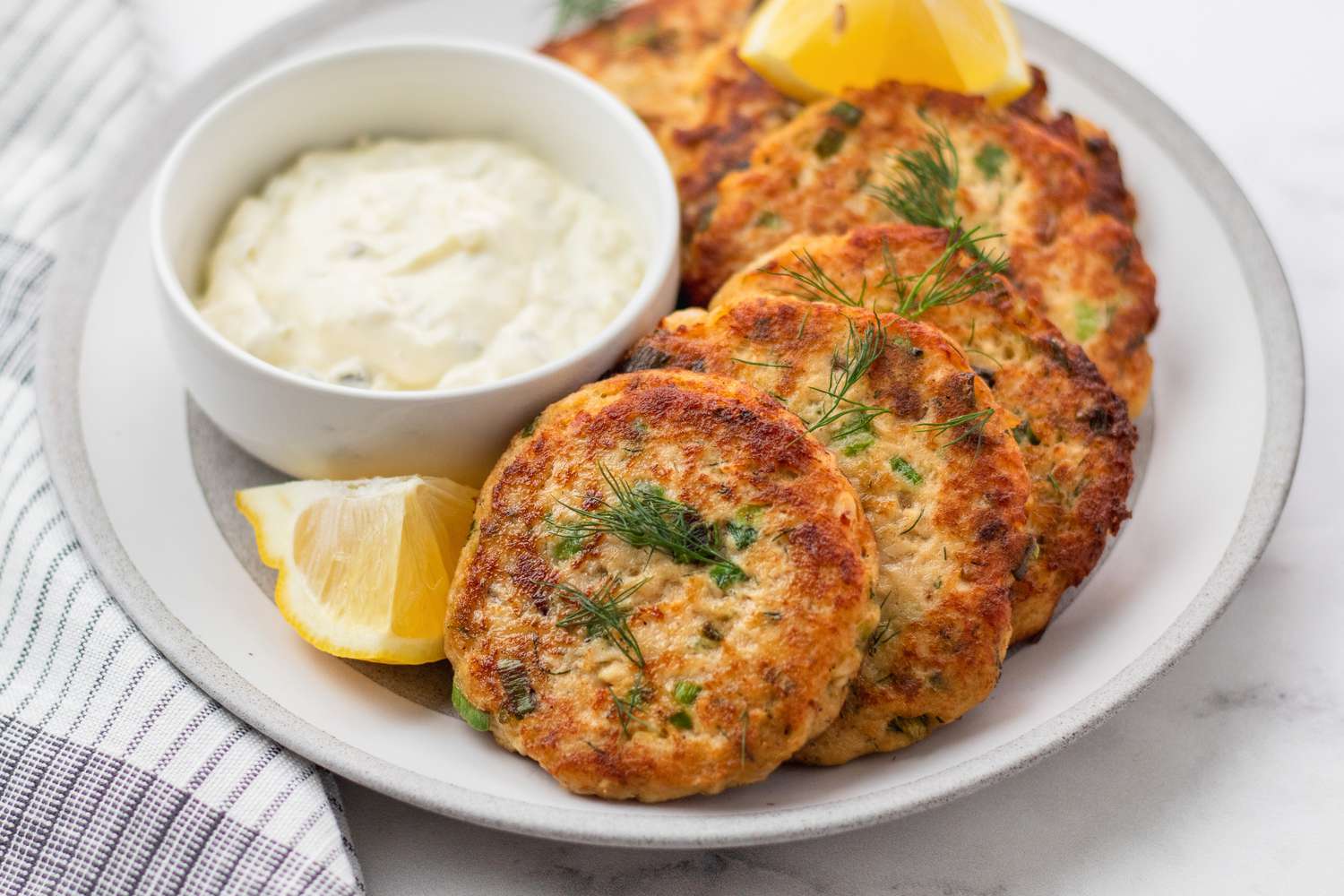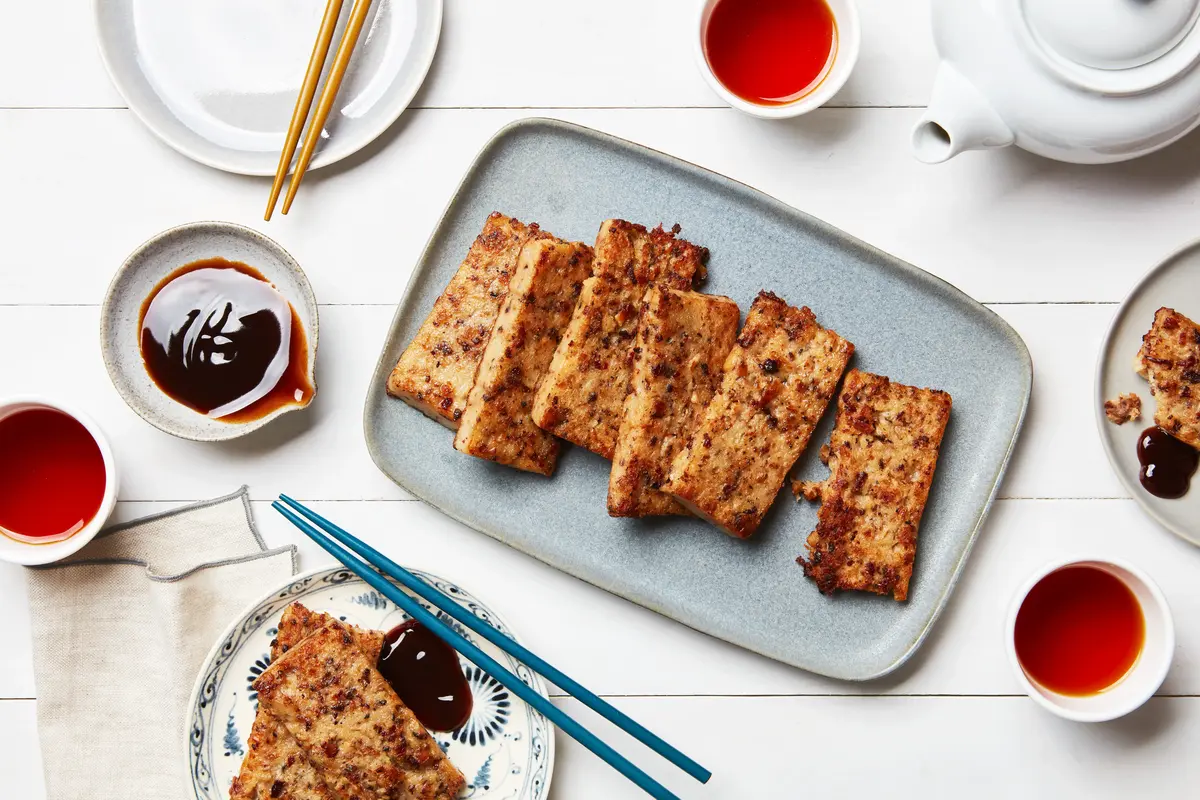How To Fry A Salmon Steak
Salmon is a delicious and nutritious fish that is packed with omega-3 fatty acids and high-quality protein. One of the best ways to enjoy its rich flavor and tender texture is by frying a salmon steak. In this article, we will guide you through the step-by-step process of frying a perfect salmon steak.
Ingredients:
- 1 fresh salmon steak
- 1 tablespoon of olive oil
- Salt and pepper to taste
- Optional: Herbs and spices like dill, garlic, or paprika
Instructions:
- Start by patting the salmon steak dry with a paper towel. Removing excess moisture will help the steak sear evenly and develop a crispy exterior.
- Season the salmon steak with salt and pepper on both sides. You can also add your favorite herbs or spices to enhance the flavor. Rub them gently into the flesh of the salmon.
- In a non-stick skillet, heat the olive oil over medium-high heat. Make sure the entire surface of the skillet is coated with oil.
- Once the oil is hot, carefully place the salmon steak skin-side down into the skillet. The hot oil will sear the skin and help it become crispy.
- Allow the salmon to cook undisturbed for about 4-5 minutes or until the skin is golden brown and crispy.
- Using a fish spatula or a wide metal spatula, carefully flip the salmon steak. Be gentle to avoid breaking the steak.
- Cook the other side of the salmon for an additional 4-5 minutes or until it reaches your desired level of doneness. Remember, salmon is best when it is still slightly pink in the center.
- Once cooked, remove the salmon steak from the skillet and let it rest for a few minutes to allow the juices to redistribute.
- Serve the fried salmon steak hot with your favorite sides like roasted vegetables, mashed potatoes, or a fresh salad.
Now that you know how to fry a salmon steak, you can enjoy this flavorful and nutritious dish whenever you want. Experiment with different seasonings and side dishes to create your own unique culinary masterpiece. Whether you’re cooking for yourself or hosting a dinner party, fried salmon steak is sure to impress!
Want to share your tips and techniques for frying salmon steaks? Join the discussion in the Cooking Techniques forum section and let us know your secrets for achieving that perfect crispy crust and flaky interior.
FAQ:
What is the best type of salmon steak to use for frying?
The best type of salmon steak to use for frying is typically a thick-cut fillet from a fresh Atlantic or Pacific salmon. Look for salmon steaks that have firm flesh and bright color.
Should I leave the skin on when frying a salmon steak?
There is no right or wrong answer to this question; it comes down to personal preference. Leaving the skin on can add an extra layer of flavor and can help keep the salmon steak intact while frying. However, if you prefer to remove the skin, you can do so before frying.
What is the recommended cooking oil for frying salmon steak?
The recommended cooking oil for frying a salmon steak is one with a high smoke point, such as vegetable oil, canola oil, or grapeseed oil. These oils can withstand the high heat required for frying without breaking down or becoming rancid.
How long should I fry a salmon steak on each side?
The cooking time for a salmon steak will depend on its thickness. As a general guideline, you can fry a salmon steak for about 3-4 minutes on each side, or until it reaches an internal temperature of 145°F (63°C). However, always keep an eye on the fish and adjust the cooking time accordingly.
What are some flavorings or seasonings that go well with fried salmon steak?
There are various flavorings and seasonings that pair well with fried salmon steak. Some popular options include lemon juice, garlic, dill, black pepper, and soy sauce. You can also experiment with different marinades or glazes to add extra depth of flavor.
Can I use a non-stick pan for frying a salmon steak?
Yes, you can use a non-stick pan for frying a salmon steak. A non-stick pan can help prevent the fish from sticking to the surface and make flipping easier. Just make sure to preheat the pan properly and adjust the heat to prevent overheating the non-stick coating.
Was this page helpful?
Read Next: How To Fry Red Snapper Fillet
